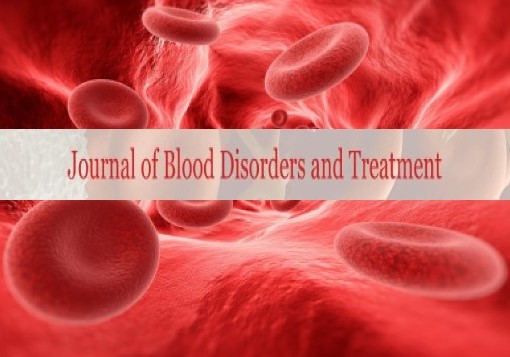Blood Cancers and treatment in Humans
Received: 10-Jul-2020 Accepted Date: Jul 23, 2020; Published: 30-Jul-2020
This open-access article is distributed under the terms of the Creative Commons Attribution Non-Commercial License (CC BY-NC) (http://creativecommons.org/licenses/by-nc/4.0/), which permits reuse, distribution and reproduction of the article, provided that the original work is properly cited and the reuse is restricted to noncommercial purposes. For commercial reuse, contact reprints@pulsus.com
Introduction
Blood cancers are of 3 types, they are 1. leukemia, 2. Lymphoma 3. Myeloma
1. Leukaemia
Leukaemia is a blood cancer that starts in the blood and bone marrow. It happen when the body creates high amount of abnormal WBC cells and interferes with the bone marrow's ability to make red blood cells and platelets.
Ionizing radiation of Leukemia
While trying to better understand the basis for the present conception that any ionizing radiation exposure, no matter how small, is linked to an elevated risk of cancer, the authors re-examined the early articles in Science that triggered the regulatory changes and the propagation of this hypothesis.
It recommended the application of a linear nothreshold (LNT) model for assessing the risk of radiation-induced mutations in germ cells . Нe second was the 1957 paper by Lewis that recommended the LNT model be used for calculating theexcess risk of cancer due to any radiation exposure.
2. Lymphoma
Lymphoma is a cancer of the lymphatic system. It develops in lymphocytes, which are a type of white blood cell. These cells help fight disease in the body and play an essential role in the body’s immune defenses.
Symptoms of lymphoma
The common symptoms of lymphoma are similar to those of some viral diseases, such as the common cold. However, they typically continue for a more extended period.Some people will not experience any symptoms. Others may notice a swelling of the lymph nodes. There are lymph nodes all around the body. Swelling often occurs in the neck, groin, abdomen, or armpits.
The swellings are often painless. They may become painful if the enlarged glands press on organs, bones, and other structures. Some people confuse lymphoma with back pain.
Treatment
Treatment is mainly help full for the to avoid or cure the disease with the help of other sources like antibodies and chemicals and radiation
Biologic therapy: using biological agents
Antibody therapy: antibodies(Ig) are involved in this
Chemotherapy: Chemicals plays a main role
Radio immunotherapy: Radiological antibodies are used
Radiation therapy: Radiation
Stem cell transplantation: stem cells
Steroids
Surgery
3. Myeloma
Multiple myeloma is the clonal malignant neoplasm of plasma cells and accounts for almost 10% of all hematologic malignancies. The median age at diagnosis for multiple myeloma is the 6th decade and only 2% of the cases occur in people younger than 40 years of age. The most common symptoms at presentation are weakness and bone pain. 75% of the patients are observed to have anemia, which causes the weakness. Osteolytic lesions are seen in up to 80% of the cases. Less common findings are hypercalcemia and increased serum creatinine levels. High erythrocyte sedimentation rates usually accompany anemia. Immunoelectrophoresis studies have a higher sensitivity for diagnosis than serum protein electrophoresis. The most common subtype of M protein is IgG with 50%, followed by IgA with 20%, light chain with 20%, IgD with 2% and IgM with 0.5%. Non-secretory multiple myeloma is observed in 2-3% of the cases.





